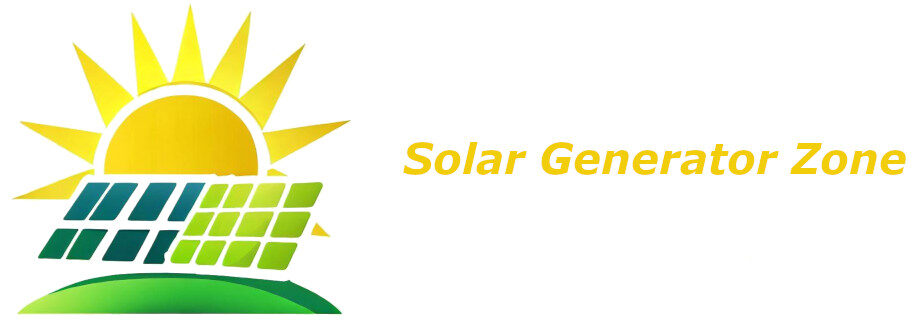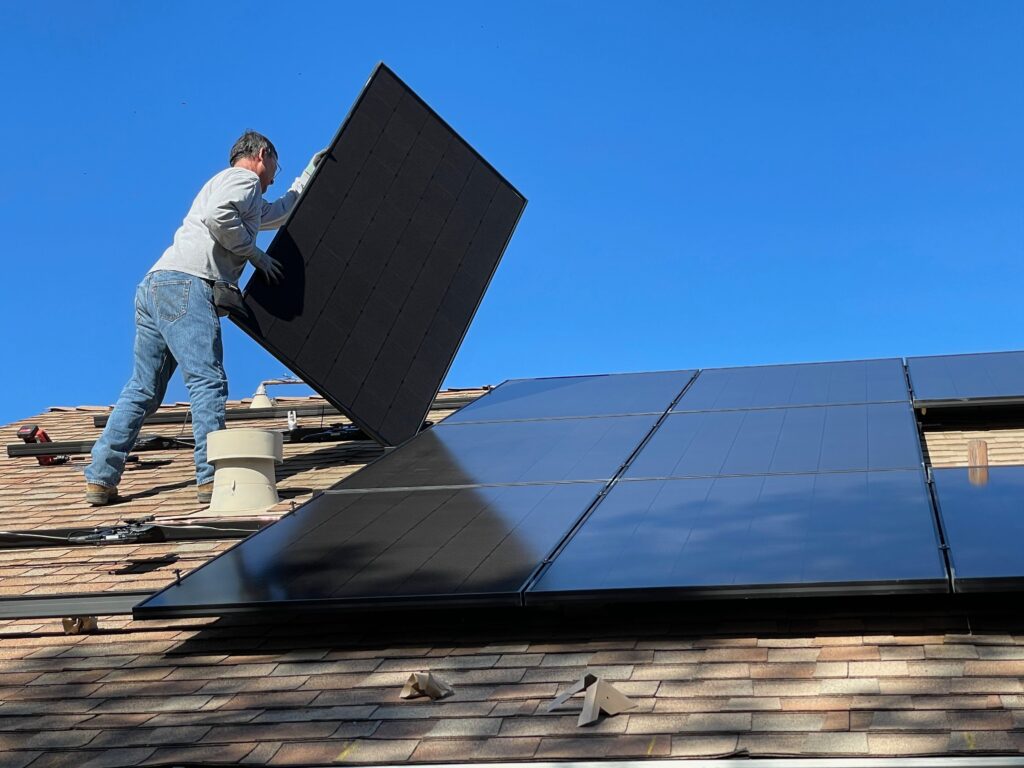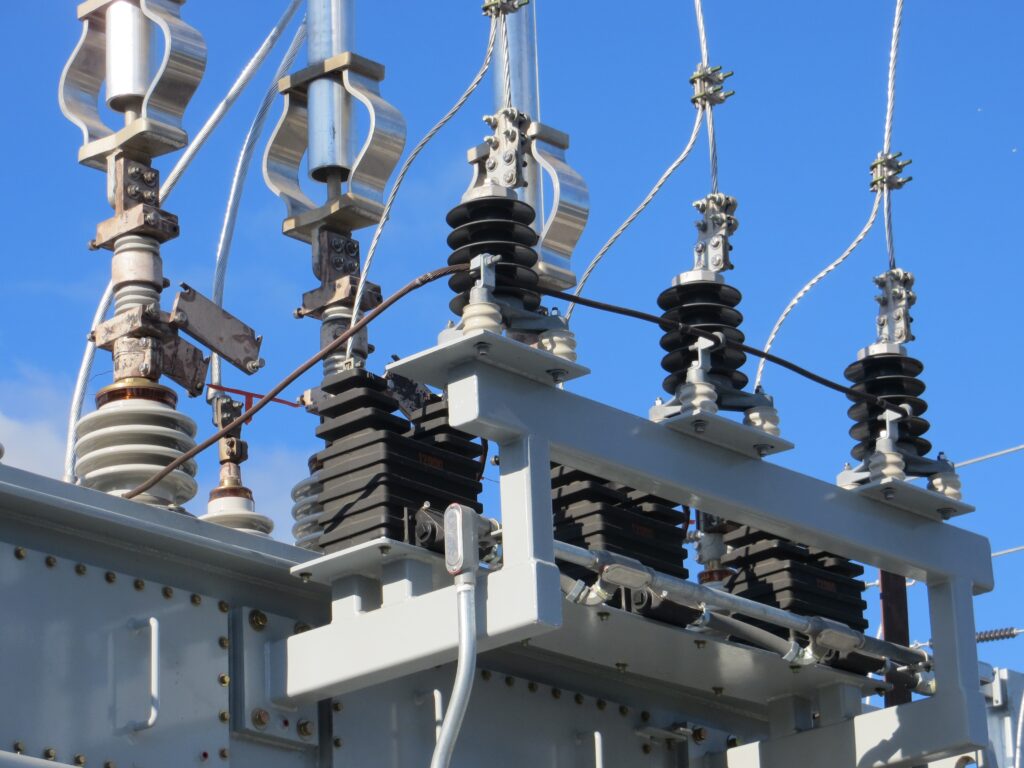Imagine the possibilities of harnessing the power of the sun to fuel your furnace. You may find yourself wondering, can a solar generator power a furnace? The answer may surprise you. In this article, we will explore the potential of solar generators to provide energy for your furnace, discussing the benefits and limitations of this innovative solution. Stay tuned to discover how this eco-friendly alternative could revolutionize the way we heat our homes.
Understanding Solar Generators
Composition of Solar Generators
Solar generators consist of several key components that work together to generate and store electricity from sunlight. The main components include:
-
Solar Panels: These are the most essential part of a solar generator. They are made up of photovoltaic cells that convert sunlight into direct current (DC) electricity.
-
Charge Controller: This device regulates the amount of power flowing from the solar panels to the battery. It prevents overcharging and ensures efficient charging.
-
Battery: Solar generators are equipped with batteries that store the excess electricity generated during the day. These batteries store the energy for use during the night or when there is limited sunlight.
-
Inverter: The inverter converts the direct current (DC) electricity from the solar panels and battery into alternating current (AC) electricity, which is compatible with most household appliances.
How Solar Generators Work
Solar generators harness the power of the sun to produce electricity. The process begins with the solar panels collecting sunlight and converting it into direct current (DC) electricity. The charge controller then regulates the flow of electricity to the battery, preventing overcharging.
During periods when the sun is not shining or there is higher energy demand than what the solar panels can provide, the battery storage system kicks in. The excess electricity generated during the day is stored in the battery for later use. When electricity is required, the stored energy is converted back into usable AC electricity through the inverter.
Solar generators can power a wide range of appliances, making them a versatile and sustainable energy solution for both indoor and outdoor use.
Types of Solar Generators
There are various types of solar generators available in the market, each catering to different energy needs and use cases. The three main types of solar generators are:
-
Portable Solar Generators: Compact and lightweight, portable solar generators are ideal for camping trips, outdoor events, and emergency power backup. They are designed to be easily transportable and typically come with built-in handles or wheels for convenience.
-
Standalone Solar Generators: These solar generators are more powerful and can provide enough electricity to power small appliances, electronics, and even some larger household items. They are commonly used in off-grid cabins, RVs, or as a backup power source during power outages.
-
whole house solar generators: As the name suggests, whole house solar generators are capable of providing power to an entire home. They are typically connected to the main electrical panel and can supplement or replace traditional grid electricity depending on the available sunlight and energy demands.
Exploration of Furnace Energy Needs
Types of Furnaces
Furnaces are essential heating systems commonly found in homes and commercial buildings. There are several types of furnaces, including:
-
Gas Furnaces: Gas furnaces are the most common type and use natural gas as a fuel source. They burn the gas to produce heat, which is then distributed throughout the building via ductwork.
-
Electric Furnaces: Electric furnaces use electrical resistance to generate heat. They are popular in areas where natural gas is not readily available and are generally considered more efficient than gas furnaces.
-
Oil Furnaces: Oil furnaces burn heating oil to produce heat. While less common today due to environmental concerns and higher costs, they are still used in certain regions.
-
Propane Furnaces: Propane furnaces are similar to gas furnaces but use propane gas instead of natural gas. They provide a reliable heating source for areas without access to natural gas lines.
Energy Consumption of Furnaces
The energy consumption of furnaces varies depending on factors such as the size of the building, insulation, and desired indoor temperature. Gas furnaces are generally more energy-efficient than electric or oil furnaces.
On average, a gas furnace consumes between 600 and 1,200 therms of natural gas per heating season. This translates to approximately 15,000 to 30,000 kilowatt-hours (kWh) of electricity for the blower motor and other auxiliary components.
Understanding the energy requirements of furnaces is crucial when considering whether a solar generator can power them effectively. The power output and capacity of the solar generator need to be sufficient to meet the furnace’s energy demands.
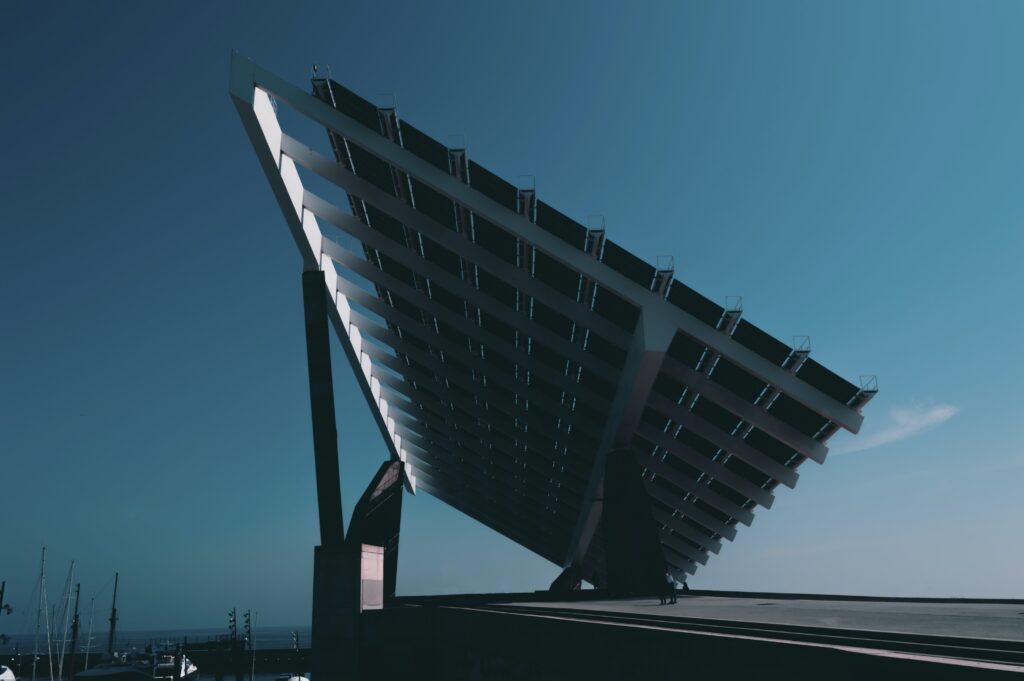
The Concept of Solar Energy Conversion
Process of Solar Energy Conversion
Solar energy is converted into usable electricity through a process called the photovoltaic effect. This process occurs within the solar panels themselves and involves several steps:
-
Absorption: When sunlight hits the solar panels, the photovoltaic cells in the panels absorb the photons (particles of light) and generate an electrical charge.
-
Generation of Electric Field: The absorbed photons cause the electrons within the photovoltaic cells to gain energy, creating an electric field.
-
Flow of Electrons: The electric field within the solar cells pushes the electrons towards the front surface of the panel, creating a flow of current.
-
Electrical Conversion: The flow of electrons is directed through conducting materials within the solar panel, resulting in the conversion of sunlight into direct current (DC) electricity.
Conversion Efficiency for Solar Generators
The efficiency of solar generators refers to the percentage of sunlight that can be converted into usable electricity. Solar panels have different efficiency ratings, typically ranging from 15% to 25%. This means that for every 100 watts of sunlight hitting the solar panel, only 15 to 25 watts are converted into usable electricity.
Factors such as the quality of the solar panels, temperature, shading, and dust accumulation can affect the overall efficiency of the system. It’s important to consider the conversion efficiency when assessing whether a solar generator can effectively power a furnace or any other high-energy-consuming appliance.
Practicality of Solar Generators for Home Use
Factors Influencing Solar Generator Usage
Several factors should be taken into account when determining the practicality of using a solar generator for home energy needs:
-
Energy Demand: Understanding your energy consumption patterns, including the appliances and systems you intend to power, is crucial. Higher energy demands may require larger solar generators or supplementary power sources.
-
Geographic Location: The amount of sunlight available in your region directly impacts the performance of solar generators. Areas with abundant sunlight are more conducive to harnessing solar energy effectively.
-
Space Availability: Solar panels require sufficient space for installation. Assessing the available rooftop or ground space for solar panel placement is essential to ensure optimal energy generation.
-
Financial Considerations: The initial cost of purchasing and installing a solar generator should be evaluated against long-term savings on electricity bills. Additionally, potential government incentives and tax credits can influence the financial viability of solar generator usage.
Potential Benefits and Limitations of Solar Generators
Solar generators offer several benefits for home use:
-
Renewable Energy Source: Solar power is a clean and renewable energy source, reducing dependence on fossil fuels and contributing to a greener environment.
-
Potential Cost Savings: Generating your own electricity with solar energy can lead to significant savings on electricity bills, especially in areas with high energy costs.
-
Energy Independence: Solar generators provide an alternative source of power, particularly during power outages or in remote locations without access to the traditional electrical grid.
However, there are limitations to consider:
-
Limited Sunlight Dependency: Solar generators rely on sunlight for energy production. Reduced sunlight during cloudy days or at night can limit their effectiveness, necessitating proper battery storage or alternative power sources.
-
High Initial Costs: Installing a solar generator can require a significant upfront investment. The cost of solar panels and associated equipment may require careful financial planning.
-
Space Requirements: Solar panels require adequate space for installation, making them unsuitable for certain living arrangements such as apartments or locations with limited roof space.
Balancing the benefits and limitations of solar generators is essential when deciding whether they are a practical solution for powering a furnace or other energy-intensive appliances in a home setting.
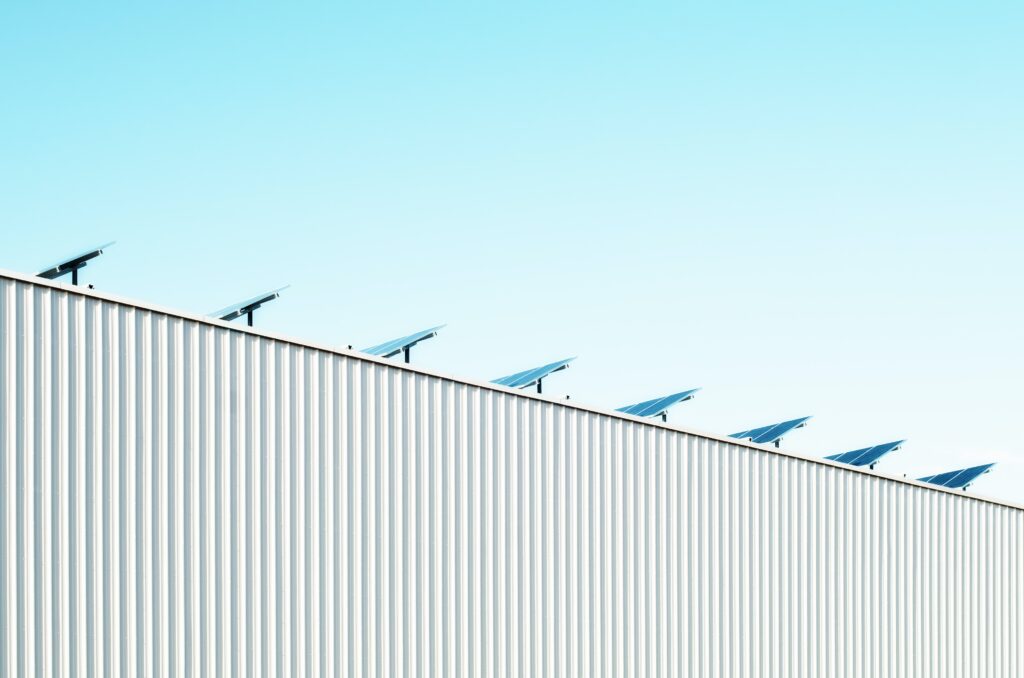
Case Study: Solar Generator Powering a Furnace
Setup and Configuration of the experiment
To explore the feasibility of using a solar generator to power a furnace, a case study was conducted. The following setup and configuration were used:
-
Solar Generator: A standalone solar generator with a capacity of 1000 watts was selected for the experiment. It consisted of three 300-watt solar panels, a charge controller, a battery bank with a capacity of 200Ah, and an inverter.
-
Furnace: A gas furnace with a power consumption of 1000 watts was chosen for the case study. The furnace was connected to the electrical panel and required an uninterrupted power supply for optimal operation.
-
Solar Panel Placement: The solar panels were installed on the rooftop of the house, facing south at an angle that maximizes sunlight exposure throughout the day.
-
Battery Storage: Excess electricity generated during the day was stored in the battery bank for later use during periods of low sunlight or increased energy demand.
Results and Analysis
The case study revealed that the solar generator was able to power the selected gas furnace effectively. During periods of ample sunlight, the solar panels generated sufficient electricity to meet the furnace’s power demands. The excess energy was stored in the battery, ensuring uninterrupted operation during periods of limited or no sunlight.
The battery storage system played a crucial role in maintaining a consistent power supply for the furnace, especially during the night or on cloudy days. The performance of the solar generator was highly dependent on the available sunlight and the energy requirements of the furnace.
Comparisons Between Solar Powered and Traditional Furnaces
Cost Efficiency
When comparing the cost efficiency between solar-powered and traditional furnaces, several factors come into play:
-
Initial Investment: Solar generators require a significant upfront investment for purchasing and installing the system. Traditional furnaces are typically less expensive to install, as they rely on existing infrastructure and fuel sources.
-
Operating Costs: Over the long term, solar-powered furnaces can be more cost-effective due to lower or even zero energy bills. Traditional furnaces, on the other hand, require ongoing fuel expenses, which can vary depending on the type of fuel used and energy prices.
-
Maintenance and Repairs: Solar generators have minimal maintenance requirements, resulting in lower costs over time. Traditional furnaces, especially those powered by combustion fuels, may require regular maintenance, cleaning, and occasional repairs.
It is crucial to consider the initial investment, operating costs, and long-term savings when comparing the cost efficiency of solar-powered and traditional furnaces.
Environmental Impact
Solar-powered furnaces have a significantly lower environmental impact compared to traditional furnaces:
-
Carbon Emissions: Solar generators produce clean energy from the sun, emitting zero carbon dioxide (CO2) during operation. In contrast, traditional furnaces powered by fossil fuels emit CO2 and other greenhouse gases, contributing to climate change.
-
Air Quality: Solar-powered furnaces do not emit harmful pollutants or particulate matter into the air, resulting in improved indoor and outdoor air quality. Traditional furnaces can release pollutants such as nitrogen oxides, sulfur dioxide, and carbon monoxide.
-
Resource Depletion: Solar energy is a renewable resource, whereas traditional furnaces rely on non-renewable fossil fuels such as natural gas, oil, or propane. Continued reliance on fossil fuels depletes finite resources and contributes to geopolitical tensions.
Solar-powered furnaces offer a cleaner and more sustainable alternative, making them a preferred choice for environmentally conscious homeowners.
Flexibility and Resilience
Solar-powered furnaces provide additional flexibility and resilience compared to their traditional counterparts:
-
Off-Grid Capability: Solar generators can operate off-grid, making them suitable for remote locations or during power outages. Traditional furnaces rely on the electrical grid and may become inoperable during outages.
-
Energy Independence: Solar generators allow homeowners to generate their own electricity, reducing dependence on utility companies and potential fluctuations in energy prices. Traditional furnaces are reliant on consistent fuel supply from external sources.
-
Adaptability: Solar generators can be expanded or modified with additional panels and batteries to meet changing energy needs. Traditional furnaces may require significant modifications or replacements to accommodate increased capacity or fuel source changes.
Consideration of flexibility and resilience is important when evaluating the suitability of solar-powered furnaces for specific home energy requirements.
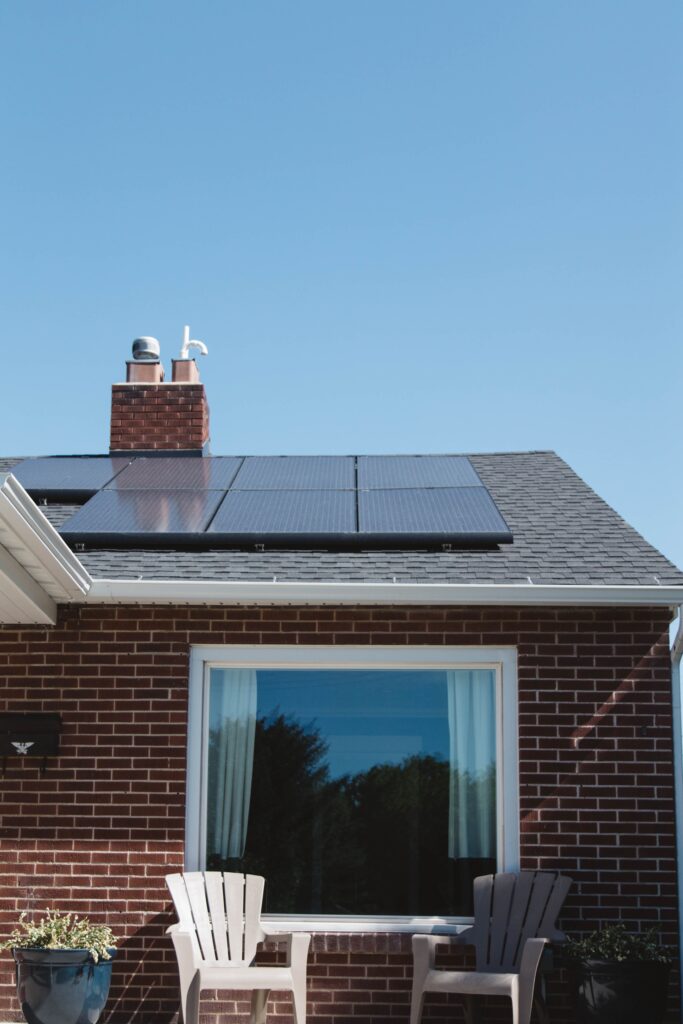
Determining Power Output of a Solar Generator
Understanding Power Ratings of Solar Generators
Solar generators are rated based on their maximum power output, measured in watts (W) or kilowatts (kW). This rating indicates the amount of electricity the solar generator can produce under optimal conditions.
Solar generator power ratings may vary depending on the number and wattage of the solar panels, battery capacity, and inverter efficiency. It is crucial to consider the power ratings when determining whether a solar generator can meet the power demands of a furnace or other appliances.
Factors Influencing Power Output
Several factors can influence the power output of a solar generator:
-
Sunlight Intensity and Duration: The amount of sunlight available directly affects the power output of solar panels. Higher intensity and longer duration of sunlight result in increased electricity generation.
-
Panel Orientation and Tilt: The angle and orientation of solar panels impact the amount of sunlight they receive. Proper alignment and tilt adjustment are essential for maximizing power output.
-
Shading: Shading, whether from nearby buildings, trees, or other obstructions, can reduce the power output of solar panels. It is crucial to minimize shading for optimal performance.
-
Temperature: Solar panel efficiency decreases as temperatures rise. Excessively high temperatures can reduce the power output of the solar generator.
By considering these factors and ensuring optimal conditions for solar energy generation, it is possible to maximize the power output of a solar generator for powering appliances like furnaces.
Evaluating The Suitability of a Solar Generator
How to Choose a Solar Generator
When evaluating the suitability of a solar generator for specific energy needs, the following factors should be considered:
-
Power Requirements: Determine the power consumption of the appliances or systems you intend to power with the solar generator. Ensure that the solar generator’s power output is sufficient to meet those requirements.
-
Battery Capacity: Assess the battery capacity of the solar generator, as it determines how much energy can be stored for use during low sunlight periods or increased energy demand.
-
Inverter Capacity: The inverter should have a sufficient capacity to convert DC electricity from the solar panels and battery into usable AC electricity for the appliances.
-
Portability and Size: Consider the portability and size of the solar generator if you plan to use it for outdoor activities or in limited space environments.
Professional Assessments and Recommendations
Consulting with a professional solar energy provider can provide valuable insights into the suitability of solar generators for specific energy needs. These experts can assess factors such as available sunlight, energy requirements, and system design to provide tailored recommendations.
Professional assessments may involve conducting site surveys, analyzing energy consumption patterns, and recommending the appropriate solar generator capacity and configuration.
It is essential to seek professional guidance to ensure that a solar generator is selected and configured correctly for optimal performance and satisfaction.
Future Trends in Solar Powered Appliances
Impact of Technological Development on Solar Power
Ongoing technological advancements are driving the evolution of solar powered appliances, including solar generators. Some notable trends include:
-
Improvements in Efficiency: The efficiency of solar panels continues to improve, allowing for increased electricity generation from the same amount of sunlight.
-
Energy Storage Advancements: Battery technology is advancing, enabling more efficient energy storage and longer periods of operation when sunlight is limited.
-
Integration with Smart Home Systems: Solar generators are becoming increasingly integrated with smart home systems, allowing for remote monitoring and control of energy production and consumption.
-
Hybrid Systems: The integration of solar generators with other renewable energy sources, such as wind or hydro, is becoming more commonplace. These hybrid systems provide a more reliable and consistent supply of electricity.
Predictions of Solar Power for Domestic Appliances
The future of solar power for domestic appliances, including furnace systems, looks promising. Predictions include:
-
Increased Affordability: As technology advances and economies of scale come into play, the cost of solar generators and related components is expected to decrease. This will make solar power more accessible to a wider range of homeowners.
-
Greater Energy Independence: As the efficiency and storage capacity of solar generators improve, homeowners will be able to rely more on solar power for their energy needs, reducing dependence on the traditional electrical grid.
-
Energy-Sharing Networks: Peer-to-peer energy sharing networks may emerge, allowing homeowners with solar generators to sell excess energy to other users or grid operators. This can further incentivize solar generator adoption and promote a decentralized energy system.
-
Integration with Smart Grids: Solar generators may become integral components of smart grids, enabling better management of energy flow and facilitating a more efficient and sustainable energy distribution network.
The future of solar power for domestic appliances holds great potential, with advancements in technology and growing awareness of the need for renewable energy solutions.
Concluding Thoughts on Solar Generators Powering Furnaces
Reliability of Solar Generators for Homes
Solar generators have proven to be reliable and efficient sources of electricity for powering a furnace. Properly designed and configured solar generator systems can meet the energy demands of furnaces, with battery storage ensuring uninterrupted operation during low sunlight periods or power outages.
However, it is essential to consider factors such as available sunlight, energy consumption, and the suitability of the solar generator for specific requirements. Consulting with professionals and conducting thorough assessments can help ensure the reliability of solar generators for homes.
Future Scenario for Solar Powered Furnaces
The future scenario for solar-powered furnaces is promising. Continued advancements in solar technology, battery storage, and smart home integration will contribute to increased adoption of solar generators for powering furnaces and other energy-intensive appliances.
As solar power becomes more affordable and efficient, solar-powered furnaces have the potential to become the norm rather than the exception. With reduced environmental impact, increased energy independence, and long-term cost savings, solar-powered furnaces offer a sustainable and reliable solution for home heating needs.
Embracing solar-powered furnaces and renewable energy sources will contribute to a greener future, reducing reliance on fossil fuels and mitigating climate change.
